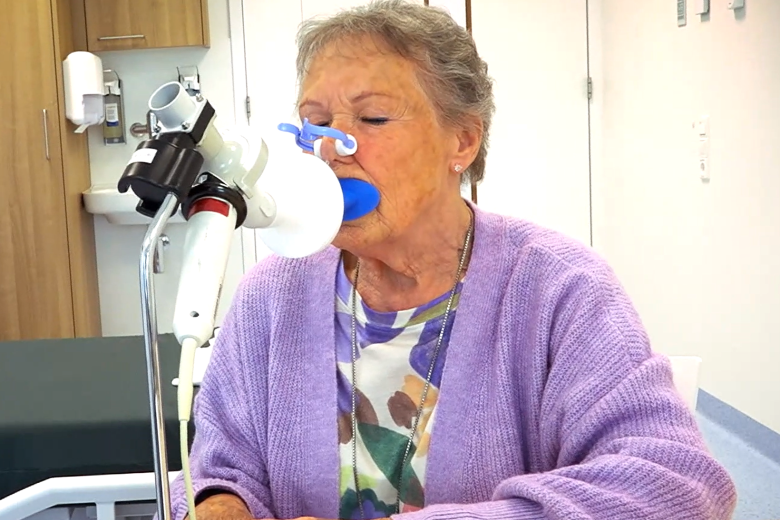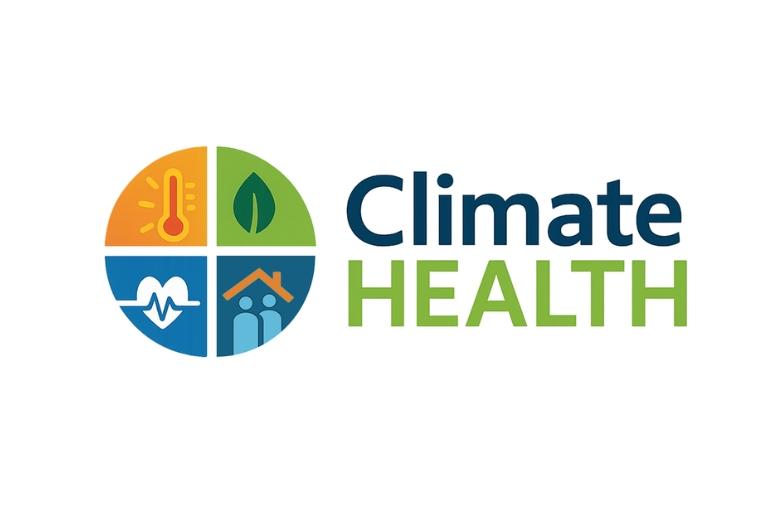Matty Crone: “Health. It's not that simple.”
In conversation with Matty Crone both NUTRIM and CAPHRI Professor with a mission to build resilient communities.
February 7th, 2025 Matty inaugurated as Professor of “Health Promotion: The Connection between Prevention and Care”. She advocates an integrated approach that encompasses different life stages and social aspects. Another important aspect of Crone's vision is building resilient communities. Social networks can act as crucial resources. A resilient community requires a different way of working together between residents, municipality, organizations, and informal groups in the neighbourhood.
“Caring for prevention means connecting prevention more with care.”
At her inauguration, Matty Crone (CAPHRI and NUTRIM) Professor in the Department of Health Promotion argues for a focused life course approach to address health and social problems. Indeed, such an approach and approach links prevention and care and focuses specifically and long-term on how health develops over the life of an individual and of groups.
Health is not an isolated phenomenon
About one in three Dutch people suffer from chronic conditions, and the prevalence of multiple health problems is expected to increase. These conditions can interact, leading to a worse quality of life than expected. The accumulation and stratification of health conditions is more common among people with, for example, lower incomes, smaller social networks or poorer living conditions.
The Limburg challenge
Matty: “Limburg, too, has long struggled with a very persistent health backlog and a pile of health and social problems. What we know even less about is how these problems interact with each other. The Maastricht study in which adults in Limburg are followed, offers good opportunities to gain further insight into the accumulation of health and social problems (www.demaastrichtstudie.nl). Also, registrations from general practitioners, youth health care, GGD and CBS can help in understanding syndemic vulnerability in individuals and across generations. (Syndemia is the stacking and interaction of social, physical and mental health problems in people, sometimes across generations).”
A great program to combat this stacking of problems is the Trendbreuk Program in this region. Together, the 16 South Limburg municipalities, the GGD, the Province of Limburg and many partners want to break the trend with the goal of having more children grow up healthy and promising. It is a life course approach in which attention is paid to the health of children and families in the various phases of life, such as around birth, infancy, elementary school, secondary school, etc.
But what then does a life course approach mean for prevention and care?
In a life course approach, special attention is paid to important life transitions, such as going to school, moving in together or retiring, as well as major life events such as moving, unemployment or illness: these moments can affect a person's health both positively and negatively. It takes a holistic, family-centered perspective on health, addressing social issues and necessary structural changes.
The RIVM's gezond leven loket and the Nederlands Jeugdinstituut’s (NJi) database of effective interventions, already describe many interventions that can be important in this regard. “The point is that interventions are not separate actions, but form a coherent whole,” Crone emphasizes.
A holistic approach
She advocates an integrated approach that encompasses different life stages and social aspects: This means, first, that health interventions are longitudinally, sequentially linked, with attention to life events and can reinforce each other e.g. from birth to adulthood. Second, that interventions aimed at promoting health are linked to interventions aimed at treating or curing: vertically linked. Third, that health interventions are linked to more social or structural interventions e.g. around poverty or loneliness: horizontally linked. Fourth, that interventions are family-oriented and that interventions for the child go together with interventions for the parents and even grandparents: intergenerationally linked. And finally, that interventions focused on the individual are linked to (socio-ecological) interventions focused on the environment: for example, programs to support parents in parenting combined with initiatives to increase social cohesion in the neighbourhood.
Resilient communities as a source of strength
An important aspect of Crone's vision is building resilient communities. She gives the example of an initiative by single-parent families to support each other when families newly move into a neighbourhood. This illustrates how social networks can act as crucial resources. A resilient community requires a different way of working together between residents, municipality, organizations, and informal groups in the neighbourhood.
Equal access to prevention and care remains a challenge and our focus
“There are many proven- effective interventions but they sometimes have a limited social reach and therefore, unfortunately, a marginal public impact. One can also ask whether it is necessary to have so many interventions. If we know which elements in an intervention work, it also makes it possible to base more on these active elements. This offers more flexibility to adapt interventions to the context or to the target group for which they are intended.”
You could also decide to offer these active elements in a different form, for example, digital instead of physical, if that improves access to an intervention. Important here is that we understand why some groups have less access or participate less: what social and structural factors for example makes their ability to participate smaller. And only together with them can we then adapt an intervention so that access improves. Such as in the Citrien Project or “Digitaal mee in de zorg”, in which over the next 4 years, together with people who are less digitally proficient, we will make digital healthcare applications as accessible as possible for groups who are less digitally proficient.
In conclusion
“Thus, while many effective interventions align with a life course approach, better coordination and integration are needed to increase their impact. Improving access, especially for groups in vulnerable conditions, and supporting professionals to implement these interventions are crucial. This approach is an important step toward reducing health disparities and improving well-being for all.”
Matty wants her chair to integrate these syndemic and life course approaches into both research and education. By working with medical and health sciences students in training to discuss how this stacking of health and social problems works and how to deal with it in everyday practice. In healthcare but also in prevention, and how best to counteract this stacking of problems. These themes will also receive extra attention in the revised Health Education and Promotion master's program.
The research institutes CAPHRI and NUTRIM wish Matty the best of luck with this!
Text: Danielle Vogt
Photo: Joey Roberts
Prof. dr. Matty Crone’s inaugural address took place on February 7th. Watch the inaugural lecture
Did you enjoy reading this article? More NUTRIM research stories.
The whole is more than the sum of its parts when it comes to health.
About Matty Crone
Matty Crone was appointed Professor of Health Promotion, Connection of Prevention and Care at Maastricht University's research institutes CAPHRI and NUTRIM in January 2024.
Before starting at Maastricht University, she was 16 years active at Academische Werkplaats Publieke Gezondheid Lumens, formerly AWPG Noordelijke Zuid-Holland. As associate professor and health scientist at the LUMC Department of Public Health and Primary Care, she was involved in numerous studies, from short-term “small but fine” projects to PhD studies.
With her extensive research experience in the areas of implementation and effects of interventions, health disparities, syndemics and mixed methods research, she makes a crucial contribution.
Also read
-
New NUTRIM video series
Together with broadcaster L1, NUTRIM created a five-part video series offering an exclusive look behind the scenes of our research. Watch the videos

-
NUTRIM PhD Introduction days 29 and 30 October 2025
To kickstart your PhD journey with us, the NUTRIM PhD Council and Coordinators invite you to the NUTRIM Introduction Days.
-
Launch of the MUMC+ Climate HEALTH Institute
NUTRIM is proud to collaborate in this new institute with specific research, expertise and infrastructure like the advanced climate chambers.
